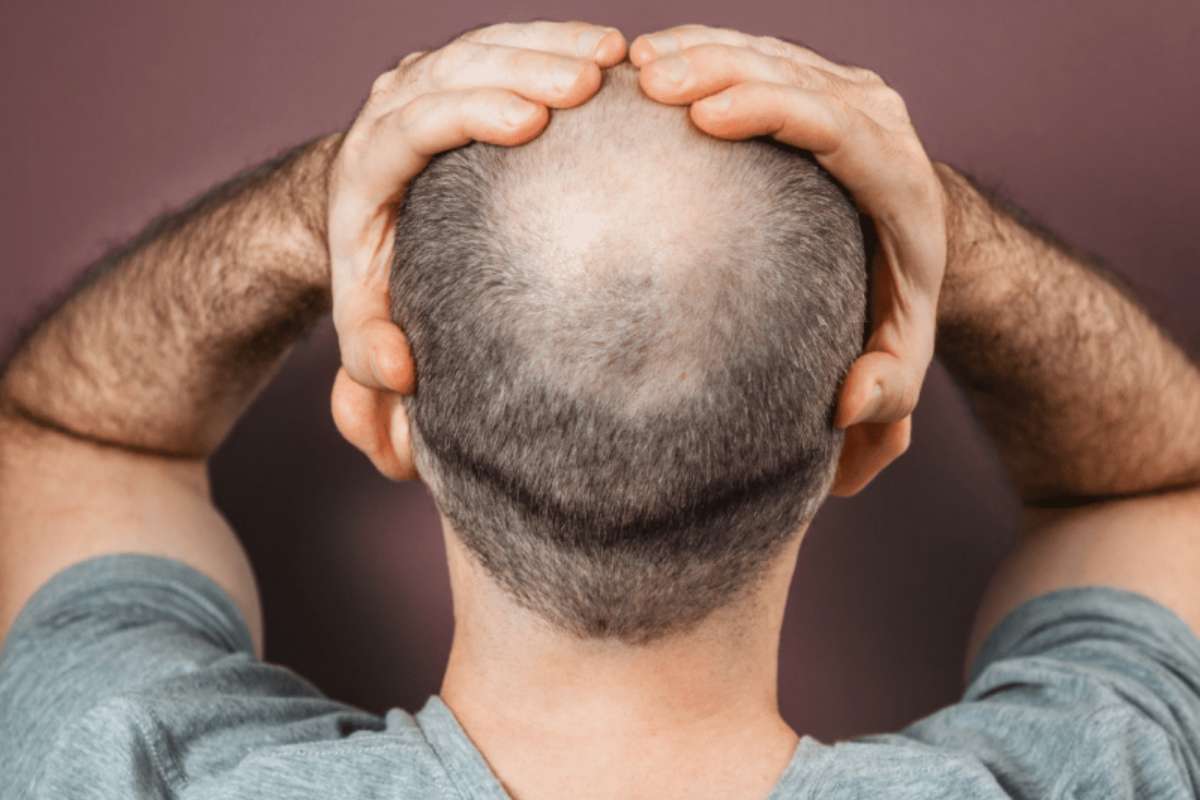We’re halfway through 2018 and world of hair restoration has already made impressive strides in the advancing of new technologies, hair growth research, and so much more. From the rise of hair transplant robotics, to promising new hair growth ventures, the Limmer HTC team is excited to share the newest trends with our patients, colleagues, and friends.
Here’s what’s new so far in 2018:
Advancements in ARTAS Robotics
The future truly is now with incredible technology like the ARTAS Robotic Procedure®. With this cutting-edge physician-assisted robot, surgeons now have a literally tireless team member programmed to create precise, natural results through technology that exceeds any other hair restoration method on the market today.
Essentially, ARTAS eliminates fatigue, greatly reduces the chances of human error, and provides expert algorithms made to perfectly adjust to each patient’s unique procedure. And with precision only a robot can offer, patients can expect minimal pain, a quick recovery, and inconspicuous scarring.
With the ARTAS Artificial Intelligence®, the robot will precisely identify, select, and harvest the best follicles available from the donor area. The ARTAS® Robotic Procedure is also constantly improving its innovative systems. Most recently, they’ve announced the ARTAS iX model which will offer robotic implantation of the grafts in addition to harvesting.
Limmer HTC is proud to offer not only the ARTAS Hair Transplant Experience to our patients, but also to provide the newest advancements that this revolutionary system has to offer.
Hair Cloning
Though still unavailable in the United States, early strides are being made in the new field of hair cloning. Confirmed successes in humans are yet to be published, but HairClone, a biotech company based in England is currently conducting experimental treatments and clinical trials.
Despite the name, this isn’t literal cloning but instead closer to a regenerative cell therapy. Experts will take around 50 donor hair follicles units using FUE, isolated key cellular components, replicate them into about 1,500 cells, and inject these new cells into the patient’s scalp when the technology is ready.
Ultimately, the goal of hair cloning is to create an effective, minimally invasive hair growth method that’s essentially maintenance-free. No meds. No shampoos.
Another perk of hair cloning is the ability to cryogenically freeze and bank follicles until needed. This could mean that if a person knows they are genetically predisposed to baldness, they could take the initiative to freeze healthy follicles at a young age and save them for when they do begin to lose their hair, or when hair cloning technology advances.
Follicular Unit Extraction becomes Follicular Unit Excision
Earlier this year, it was announced by the International Society of Hair Restoration Surgery (ISHRS) that from the popular Follicular Unit Extraction, or FUE procedure would now officially be known as the Follicular Unit Excision. This is a significant change for a procedure that’s been an industry mainstay for over 30 years.
So why the shake-up now? Is it really worth the hassle of changing the previously accepted lingo? According to most hair transplant specialists, the answer is an emphatic yes!
First off, most feel that the phrasing update signifies the evolution of the procedure. Since it was first introduced in 1988, FUE has made significant leaps and bounds in creating increasingly natural results with fewer side effects and shorter recovery times. The name change acknowledges that progress, and that it’s nearly a whole new process in comparison to the early days.
Calling the procedure an excision vs an extraction is also a more accurate, transparent way to describe the procedure itself to interested patients. FUE is a safe, yet still invasive surgery in which hundreds of incisions are made and hair follicles physically removed from a donor area of the scalp, then inserted into the balding area.
By using the word excision, it acknowledges that FUE isn’t merely plucking hairs—it’s an actual surgery. Not only will the more severe term encourage patients to fully understand the pros and cons before choosing FUE, but experts hope it will discourage unqualified “professionals” from offering the clearly invasive surgery—and desperate patients choosing them.
For a deeper look into the change from follicular unit extraction to follicular unit excision, check out our blog FUE—Extraction vs Excision—Why the Change?
Increase in Beard and Eyebrow Transplants
Though transplants of head hair still makes up the vast majority of the market with 88.3% of all hair transplants, popularity is growing for eyebrow and facial hair transplants. As this niche in the market continues to grow, hair transplant surgeons are continuing to perfect their methods to create incredibly natural results with minimal side effects.
As the trend in fuller beards and thicker eyebrows booms, more people are taking a more natural, permanent approach to having the hair of their dreams on more places than just the scalp.
Beard and eyebrow transplant procedures are done using either the FUT (strip harvest) or the FUE (follicular unit excision) procedure to replace bald, patchy spots or thinning areas with real hair from donor areas of the scalp. Then, with proper post-op care, patients can expect visible results in about 3–6 months.
At Limmer Hair Transplant Center, we pride ourselves in being at the forefront of hair restoration technology and trends. Our goal is to offer our patients with the best methods on the market and give them the hair of their dreams. Contact us today at (210) 496-9992 or set up an appointment or consultation online today.







